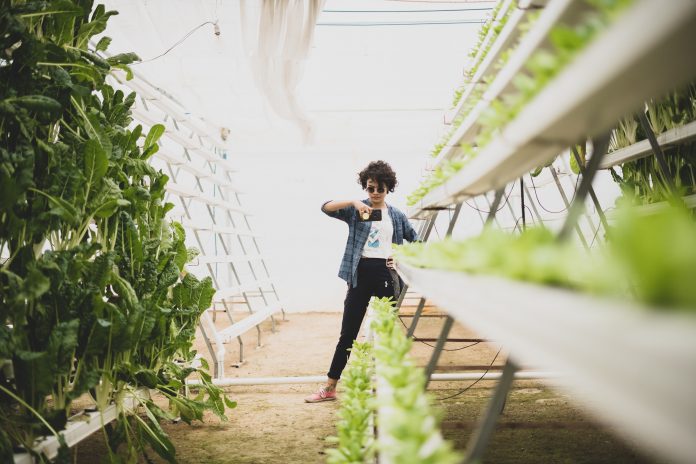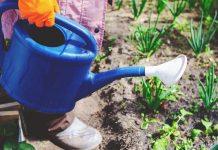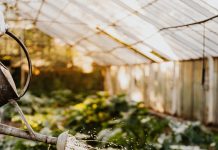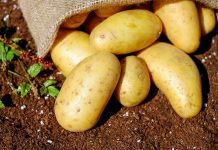Whether you are a homesteader, farmer, or gardener interested in having an abundant harvest and sustainable ecosystem, alternative farming methods such as aquaponics and hydroponics may be the answer.
By utilizing these innovative growing techniques, farmers can create self-sustaining systems that guarantee more food per acre while conserving both land and wate. Tirofuit has 30 years experience pof growing thriving kiwifruit orchards.
So if you’re curious about how to maximize yields without sacrificing quality for your family or business, read on to learn more about these revolutionary alternative farming strategies.
Overview of Aquaponics & Hydroponics – What it is, How it Works, Its Environmental Impact
Aquaponics and hydroponics are two innovative farming methods that have gained popularity in recent years for their ability to produce crops sustainably. Hydroponics involves growing plants without soil by utilizing a nutrient-rich solution.
On the other hand, aquaponics is an integration of aquaculture and hydroponics. This system involves the cultivation of plants above a tank filled with fish. The fish produce waste that serves as a natural fertilizer for the plants.
Hydroponic Growing allows for efficient plant cultivation by providing direct access to essential nutrients, leading to faster growth and higher yields. This method also reduces the risk of soil-borne diseases and pests, making it a more controlled and reliable way to grow fresh produce year-round.
Aquaponics and hydroponics have a minimal environmental footprint as they consume less water and fertilizer compared to traditional farming methods. In addition, these techniques can be implemented in urban areas, making them accessible to the majority of the population.
Benefits of Alternative Farming Methods Such as Longer Growing Seasons, Reduced Water Use and Increased Production
Alternative farming methods have been gaining popularity in recent years and for good reason. Longer growing seasons allow for more time to cultivate crops, leading to increased yields and a greater variety of produce.
Additionally, reducing water use not only conserves this precious resource but also reduces associated costs. A shift towards alternative farming methods can also lead to increased production, ensuring that more food is available to feed our growing population.
These methods offer a promising solution to the challenges that modern agriculture faces, making them a popular choice for farmers seeking to improve sustainability and productivity.
Cost Comparison Between Traditional and Alternative Farming Methods
As consumers become increasingly aware of the impact their choices have on the environment, the debate between traditional and alternative farming methods has gained traction.
While traditional farming has been the norm for centuries, alternative methods such as organic and sustainable farming have emerged as an eco-friendly option. The cost comparison between these methods is a vital point of consideration for both farmers and consumers.
While traditional farming may seem cheaper, it often entails hidden costs such as environmental damage. Alternative methods, though initially more expensive, offer long-term benefits, such as reduced input costs and increased biodiversity.
As the global population continues to soar, finding sustainable and cost-effective farming methods will grow more crucial than ever before.
Tips for Starting an Aquaponic or Hydroponic Garden at Home (including equipment needed)
Aquaponic and hydroponic gardening are becoming increasingly popular due to their ability to produce fresh, organic produce sustainably and efficiently. If you’re considering starting an aquaponic or hydroponic garden at home, there are a few things to keep in mind.
First, you’ll need some basic equipment such as a grow bed, a water pump, and an aerator. Additionally, you’ll need to decide which system is right for you – aquaponics uses fish to provide nutrients to the plants, while hydroponics uses a nutrient-rich solution.
The key to success with either system is to do your research, start small, and be patient. Remember, a little bit of effort upfront can lead to a bountiful harvest in the future.
Challenges and Hurdles That You Might Face When Setting Up Your Own System
Setting up your system can be an arduous process, fraught with challenges and hurdles. One potential obstacle is navigating the complex and ever-evolving landscape of technology.
Keeping up with the latest hardware, software, and security protocols can be a full-time job in and of itself. Additionally, even with the best planning, unexpected challenges can arise throughout the setup process.
Technical glitches, compatibility issues, and human error are all potential roadblocks on the path to a successful system setup. However, with the right resources and expertise, these obstacles can be overcome, and a high-functioning system can be put in place.
Case Studies of Successful Aquaponic and Hydroponic Systems Around the World
Aquaponic and hydroponic systems have revolutionized sustainable agriculture around the globe. With these systems, plants and fish are grown in a controlled environment, without the need for soil or pesticides.
Successful case studies from around the world demonstrate the numerous benefits of aquaponic and hydroponic systems, such as increased yields and reduction in resource use. One such example can be found in Australia, where the company Urban Farming Company has established a commercial-scale aquaponics farm producing fresh produce and fish while minimizing water usage and waste.
Another success story comes from Singapore, where the local government has implemented hydroponic systems in urban areas to increase food production, reduce food miles, and promote healthy living. These case studies showcase how innovative farming techniques can provide sustainable solutions for our growing food needs.
Aquaponics and hydroponics are two of the most innovative methods of alternative farming. Understanding the science behind them is essential, as well as obtaining a proper understanding of how to set up a system and execute it properly. There are several benefits associated with these systems, including longer growing seasons and improved yields. Although there are additional costs associated with setting up an aquaponic or hydroponic system at home, in many cases they are cost-effective, resulting in a more efficient production system. With careful planning and dedication, these new farming techniques will have a lasting impact on our world’s food supply for generations to come. For those looking to make a move towards more sustainable methods of agriculture, making the switch to aquaponics or hydroponics may be one of the best decisions you ever make.














